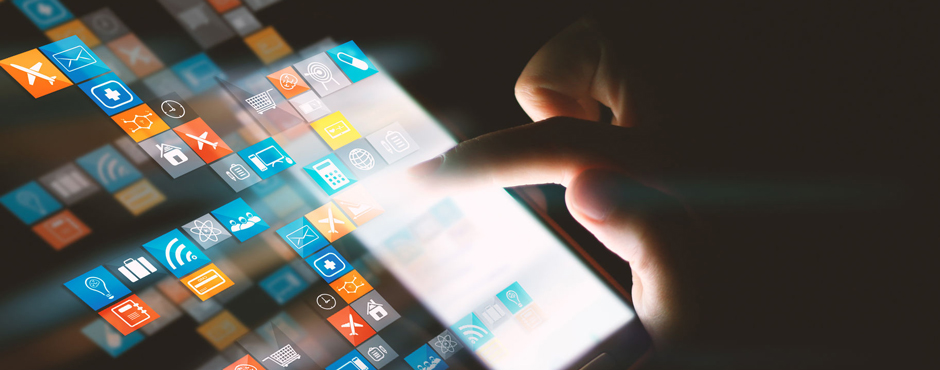When is too much, too much? Have we reached the over exposure point? Nowadays we get “news” (perhaps a better word is “info” since whether it’s all “news” is often debatable) from so many different sources. We see the same celebrity on TV, on magazine covers, on websites, in commercials, we get them tweeting, they post on Facebook. Often, it’s to the point of nausea … the celebrity has achieved over exposure. Malcolm Gladwell coined the phrase the ‘tipping point’ years ago and it stuck: “the moment when an idea, trend or behavior tips, and spreads like wildfire.” Over-exposure is like a tipping point gone wrong. Suddenly, things come to a head and everyone’s sick of hearing about that celebrity. When things reach this point, you actually get an outcome opposite to the desired reaction. Fans experiencing celebrity fatigue are turned off, tuning out any more news on that celebrity. They accuse the celebrity of chasing the “star light” (or hogging the limelight). Too much exposure is, in effect, too much.
The same is true for technology. We’re all (most of us) tech-savvy. Information is quite literally, always at our fingertips. Over stimulation leads to information fatigue, leading to an inability to process any more information. We live in an age of instant technological accessibility. I was reading a piece in the April/May 2015 issue of Marketing, written by Russ Martin. He was chatting to Michael Howatson, CD at Toronto’s Sapient Nitro about overstimulation. A couple of lines stood out for me: “Now that everything from toasters to cars is web-enabled, there’s a surplus of data being thrown at consumers who are already nearing their capacity for information.1” I was amazed to read: “Humans take in 27,000 times the info every day that a person in the 1500s would have.2” 27,000 times! No wonder we’re overwhelmed. The chatter is unending. In fact, where will it end? Imagine getting up in the morning and having your toaster speak to you! Don’t laugh, it’s closer than you think.
Never have we been so connected to so many people (and so many things!) at any given moment. Granted, there’s an upside, especially when it comes to keeping family connections vibrant, maintaining long distance relationships and ensuring business growth. But there’s a downside and it’s dramatic: the line that once defined work/life balance is becoming blurred … sometimes non-existent.
Yes, technology-enabled accessibility has had a considerable positive impact for businesses and brands trying to break through the clutter.
Reaching people and building rapport has never been easier. However, our customers’ minds are already taxed by the barrage of emails and text messages that pour into their business and personal lives daily. Now add to that the additional rivers of extraneous media chatter channeled through to them from all access points –radio, TV, our PC, phone, iPAD, tablet, even newspapers, books and magazines.
For business, the social media channel is accessible to all and that has made customer accessibility effortless. That being said, businesses and brands may still be using outdated “objectives” in this new world.
I agree with Howatson: As a business and a brand, “If what you’re doing doesn’t solve a problem or make your customers’ lives better, then don’t do it3”. I’d add: Don’t risk your business or brand becoming labelled a star-light chaser … splashed everywhere, but with no good reason.
If nothing else, I hope this post was helpful and insightful. Maybe it will resonate with you, perhaps start a conversation in your business, as the Marketing piece resonated with me. If your brand is a rising star, be wary of burn out. Heed the adage: too much of anything is never a good thing.
1,2,3 Quotes are from Marketing, page 26, April/May 2015; marketingmag.ca. Our apologies, for some reason, even with our subscription, we couldn’t pull up the link to pass it on.
